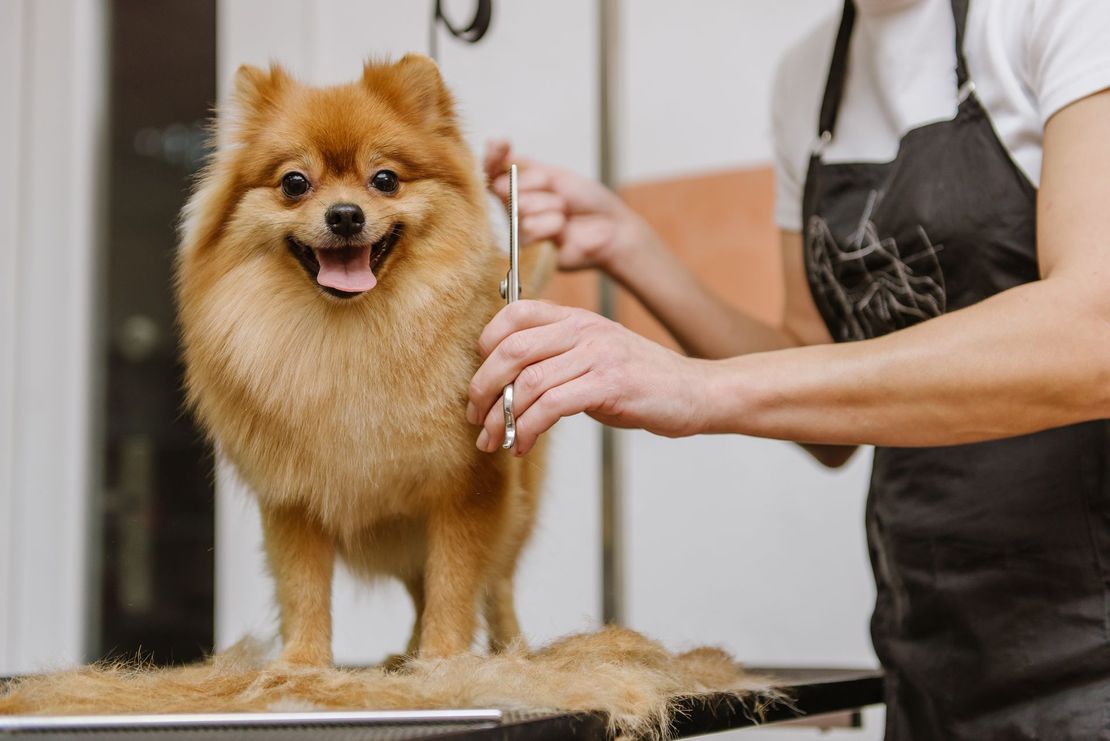
The Hidden Science: Why Professional Pet Groomers Are Essential to Your Companion’s Wellbeing
Pet groomers occupy a curious space in the ecosystem of animal care—part aesthetician, part healthcare provider, part behavioural interpreter. Their hands become the instruments through which we extend care to creatures who cannot articulate their discomfort, whose bodies tell stories their voices cannot. Like the careful examination of cells under a microscope reveals hidden narratives of health and disease, the meticulous attention of a skilled groomer unveils the silent chronicles inscribed on fur, skin, and claw.
The Symphony Beneath the Fur
Grooming, at its essence, is not merely cosmetic. It is a deeply intimate act of care that penetrates beyond the visible. When a professional runs their fingers through a dog’s coat, they are reading a text—detecting subtle abnormalities, the small lumps or skin changes that might otherwise go unnoticed until they announce themselves in more alarming ways. Like an oncologist reading the subtle changes in tissue, the groomer’s touch identifies the early whispers of potential health concerns.
A study from the Singapore Veterinary Association noted: “In our tropical climate, regular professional grooming often serves as the first line of detection for parasitic infections and skin conditions that proliferate in high humidity environments.”
The Psychology of Touch and Trust
The relationship between animal and groomer exists in a delicate balance of trust and vulnerability. Consider that most animals, when in the wild, only permit grooming from those within their most intimate circles—family members or established allies. The permission to touch is not granted lightly in the animal kingdom.
As one veteran Singapore pet groomer reflected: “What we’re really doing is establishing a contract of trust. The animal must believe that despite temporary discomfort, we intend no harm. This is why forcing the process often creates lasting trauma.”
This understanding becomes particularly crucial when working with:
· Rescue animals with histories of neglect or abuse
· Elderly pets with reduced mobility or sensory perception
· Animals with neurological differences or anxiety disorders
· Young pets experiencing their first grooming sessions
The Environmental Dialogue
The grooming space itself becomes a microenvironment—a controlled cosmos where temperature, sound, smell, and light play crucial roles in an animal’s stress response. The best groomers understand this environmental dialogue.
“In Singapore’s dense urban setting, many pets live in high-rise flats without regular exposure to varying environments,” notes a prominent animal behavioural specialist. “The grooming salon becomes one of the few places where they must navigate an unfamiliar setting. How this experience is managed can profoundly affect their adaptability.”
The Intersection of Art and Medicine
The most skilled animal grooming practitioners exist at a fascinating crossroads where artistry meets healthcare. They possess an intuitive sense of proportion and aesthetics while simultaneously functioning as frontline health monitors. This duality requires a rare combination of creative vision and clinical observation—the ability to shape fur into pleasing silhouettes while noticing the subtle asymmetry that might indicate joint pain or nerve damage. In this respect, they embody the renaissance ideal of knowledge that transcends rigid categorisation.
The Technical Artistry
Beyond the psychological dimensions lies a realm of technical expertise that rivals many medical specialties in its attention to detail. Consider the groomer who must:
· Recognise dozens of breed-specific standards and requirements
· Adapt techniques for animals with different pain thresholds and sensitivities
· Work with specialised tools around delicate areas like eyes, ears, and genitals
· Understand how coat types interact differently with various products and techniques
· Restrain effectively while causing minimal stress
“The difference between a basic trim and truly excellent grooming is often measured in millimetres,” explains a Singapore grooming instructor. “It’s comparable to microsurgery—precision matters immensely.”
The Health Consequences of Neglect
Perhaps most compelling is understanding what happens in the absence of proper grooming. Like a neglected garden where weeds slowly overcome cultivated plants, an ungroomed animal becomes vulnerable to cascading health issues:
Matted fur pulls painfully at the skin, restricting movement and causing persistent discomfort Untrimmed nails can alter gait, affecting joint health and causing orthopedic problems Clogged anal glands lead to infection and intense discomfort Unattended ear wax builds up, creating ideal environments for infections Dental issues progress silently until they become systemic health threats
A Singapore veterinary study found: “Approximately 65% of dogs over age seven presenting with severe dental disease had not received professional grooming that includes basic oral assessment.”
The Path Forward
As we deepen our understanding of the human-animal bond, we must elevate our appreciation for those who serve as critical intermediaries in this relationship. The groomer’s hands become extensions of our own care—reaching into spaces we cannot access, detecting problems we might miss, providing comfort we struggle to translate across the species barrier.
The relationship between pet and human is one of the most ancient and profound connections we maintain in our increasingly digital world. It reminds us of our fundamental need for touch, for wordless understanding, for care expressed through gesture rather than language. In this context, the significance of proper animal grooming transcends aesthetics, becoming instead an essential component of comprehensive care delivered through the skilled and compassionate hands of pet groomers.


